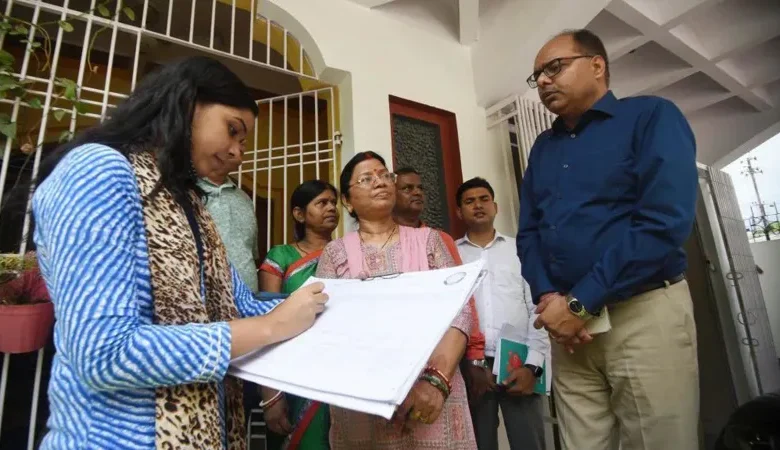India to launch delayed nationwide census in two phases, concluding in 2027
As New Delhi now officially embarks on its long-overdue census journey, attention will turn to the government's ability to execute this massive undertaking with transparency, accuracy, and timeliness—ensuring that every citizen is counted and every community is represented

After a six-year delay, India is finally preparing to launch its much-anticipated national census, one of the largest administrative and statistical exercises in the world. The government announced that the decennial census—originally scheduled for 2021—will now be carried out in two phases, with the final results expected by March 2027.
The first phase of the census will collect housing and household data, followed by the second phase, which will record population details. For most parts of the country, 1 March 2027 will serve as the official reference date for population figures. However, for snow-bound Himalayan regions—including Uttarakhand, Himachal Pradesh, Jammu and Kashmir, and Ladakh—the reference date will be 1 October 2026, to account for seasonal inaccessibility, according to news agencies.
India’s previous census was held in 2011, and the current exercise was initially set to take place in 2021. However, the government postponed it multiple times, citing the COVID-19 pandemic as the primary reason. Despite the easing of pandemic-related restrictions in the years that followed, there was no clear timeline for when the census would resume—raising criticism from opposition leaders, demographers, and policy experts who questioned the prolonged delay.
The Ministry of Home Affairs finally issued a statement this week confirming the updated timeline. However, the ministry did not specify when the actual fieldwork would begin, nor did it provide a definitive schedule for each phase of the process.
In a major development, the government also announced that caste data will be collected as part of the upcoming census—a decision that could have profound social and political implications in India, where caste continues to play a powerful role in politics, education, and employment.
The last time caste was officially recorded during a national census was in 1931, under British colonial rule. Since then, India has avoided collecting comprehensive caste data in its regular census exercises, although limited information about Scheduled Castes and Scheduled Tribes has been gathered.
The move to include caste in the upcoming census is seen by analysts as both significant and potentially controversial, as it could influence reservation policies, resource allocation, and political representation.
Why the Census Matters
India’s census, conducted under the Census Act of 1948, is critical for governance, as it provides foundational data used to:
- Allocate federal funds to states and union territories
- Design and evaluate welfare schemes
- Redraw electoral boundaries based on population shifts
- Make evidence-based policy decisions at local and national levels
Unlike many countries, India’s law does not mandate a fixed interval for conducting the census, though historically it has been carried out every 10 years. The repeated delays have sparked concern among policy experts and development economists.
Analysts warn that the absence of updated demographic data may lead to the misallocation of resources, inaccurate planning, and the exclusion of vulnerable populations from government welfare programs.
As India now officially embarks on its long-overdue census journey, attention will turn to the government’s ability to execute this massive undertaking with transparency, accuracy, and timeliness—ensuring that every citizen is counted and every community is represented.














